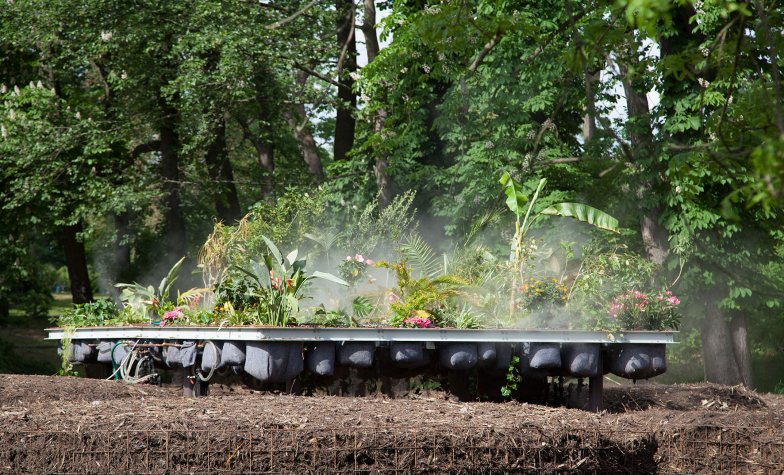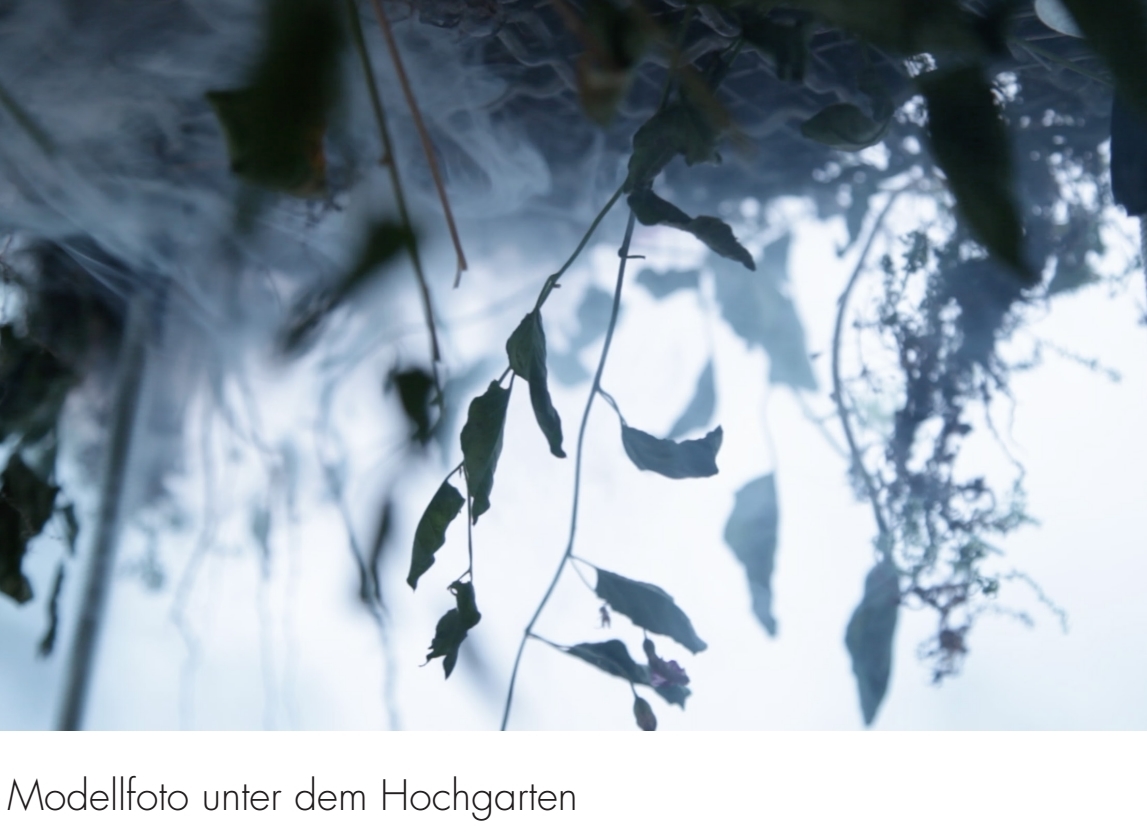Paradise
Paradisgarten, Udk Berlin, 2016
With: Eva Böhm, Katrin Bozeniec, Maximilien Dagron, Felix Deiters, Manuel Falkenhahn, Anne Line Gertz, Tobias Grothues, Jonathan Heck, Christoph Henschel, Carina Kitzenmaier, Sebastian Maier, Franziskus Rau, Simon Rütjeroth, Lisa Süßegger, Zuzana Tabackova, Maddalena Vezzoli, Muriel Werthebach, Simon Wienk-Borgert, Hannah Wolf, Miriam Zenk
With: Eva Böhm, Katrin Bozeniec, Maximilien Dagron, Felix Deiters, Manuel Falkenhahn, Anne Line Gertz, Tobias Grothues, Jonathan Heck, Christoph Henschel, Carina Kitzenmaier, Sebastian Maier, Franziskus Rau, Simon Rütjeroth, Lisa Süßegger, Zuzana Tabackova, Maddalena Vezzoli, Muriel Werthebach, Simon Wienk-Borgert, Hannah Wolf, Miriam Zenk
| Lutherstadt Wittenberg, Germany, Client: Reformationsjubiläum 2017 e.V. , Structural Engenerig: Bollinger und Grohmann, ︎ Competition: 2016, 1st prize |
Paradiesgarten is an immersive installation situated in the city park of Wittenberg, conceived from a design by architecture students of the Berlin University of the Arts. Awarded first prize in the Gates of Freedom competition in the category Cultural Gateway, the project was realized, reimagined and expanded for the World Exhibition in Wittenberg in the summer of 2017.
At the heart of Paradiesgarten lies a central question: How can dead matter give rise to new life?
The installation weaves together themes of decay, renewal, and transformation. Visitors wander beneath a suspended tropical garden, moving through a labyrinthine constellation of compost silos. This sheltered oasis is nourished by the surrounding “compost city,” whose decomposing organic matter generates thermal energy and shapes a unique microclimate.
Within this warm, humid envelope, unlikely under Central European conditions, plants take root and flourish. The silos heat the garden bed from below and release a gentle mist that envelops the space, cultivating both botanical growth and the poetic illusion of an elusive, far-off paradise.



 At the heart of the site, the "compost city" serves as both a central feature and a production facility, transforming organic waste into nutrient-rich, healthy soil. This compost follows a continuous cycle of decay and renewal, regenerating itself over time. Through natural decomposition, the compost’s interior reaches temperatures of up to 60°C. Water flows through pipes within the compost, heating up and then traveling visibly to the elevated Garden of Eden.
At the heart of the site, the "compost city" serves as both a central feature and a production facility, transforming organic waste into nutrient-rich, healthy soil. This compost follows a continuous cycle of decay and renewal, regenerating itself over time. Through natural decomposition, the compost’s interior reaches temperatures of up to 60°C. Water flows through pipes within the compost, heating up and then traveling visibly to the elevated Garden of Eden.A water basin, makes the decomposition perceptible, with temperatures fluctuating by as much as 10°C. This interplay of waste, decay, and heat gives rise to a constant flow of warm water, setting an endless rhythm much like a perpetuum mobile—a self-sustaining cycle of life.



As a visible counterpart to the "city of compost" the heavenly raised flower bed, overgrown with plants that could not survive under normal conditions in Wittenberg.
Against all laws and what we "learned", this bed is a treasure worth protecting, as a culture, with its own tropical climate in the countryside. The garden stands out not only in its exoticism and color on the environment - to preserve the tropical climate, a constant mist is sprayed through nozzles, which is every half an hour in a large nebula, which is also visible to distant sites in the Park.
The Garden of Eden is not accessible, but so close at the way that plants and fruits seem so be within reach, - an unattainable longing. Under the bed a meditative retreat, a change of perspective: Quiet thinking between climbing plants and roots, disclosed internal processes and visualization of energy and heat produced from the compost.






